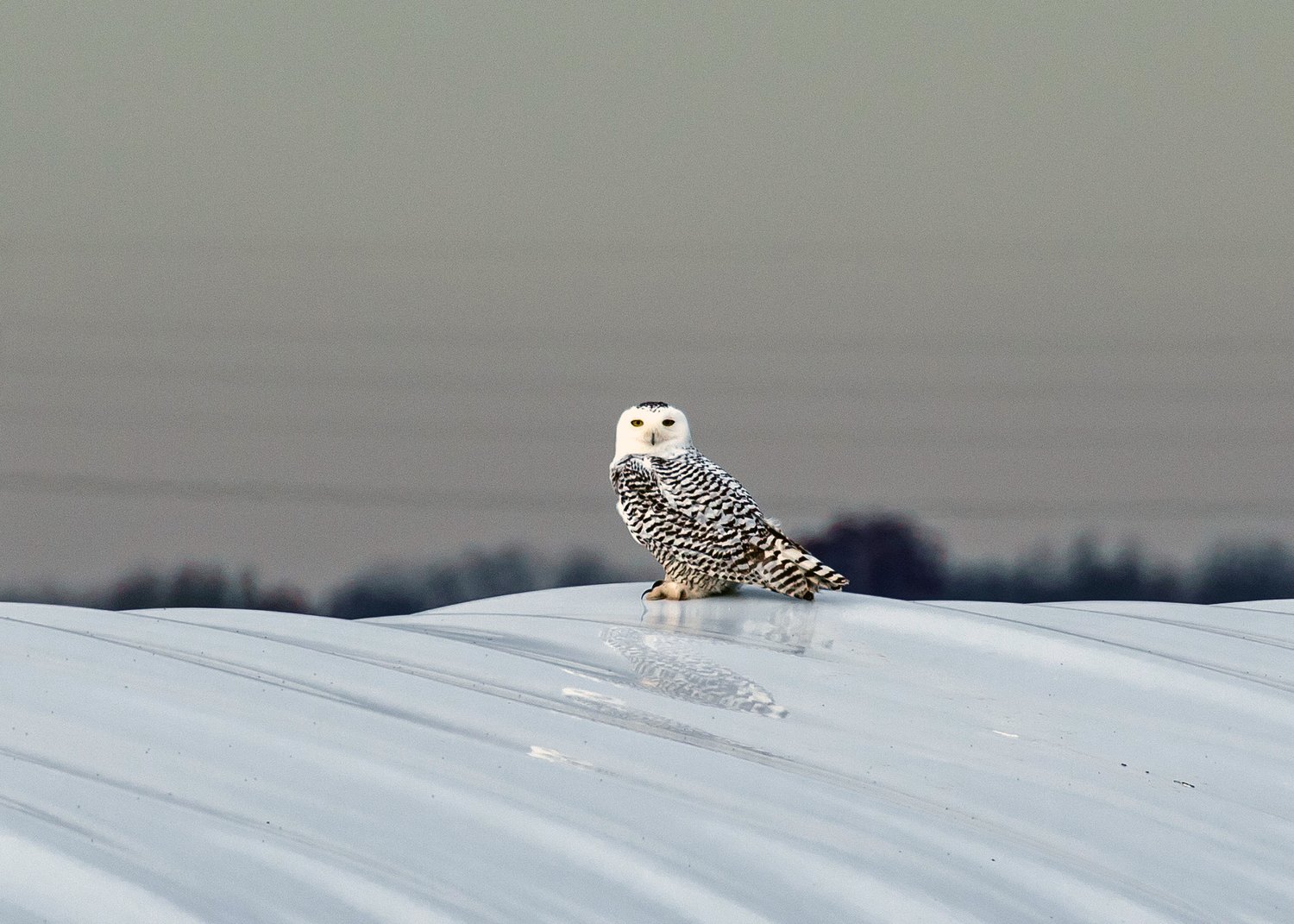What actually inspired Chapman was the idea of creating a positive alternative to “Christmas bird hunts” (or competitive “side hunts”) popular at the time. Groups of mostly men and boys would gather and choose “sides” or split into teams on Christmas Day to compete in the shooting as many birds – and small mammals – as they could for the day.
Chapman’s experimental alternative started with 25 separate bird counts, with about 90 bird species tallied. His colleagues conducted these counts in Boston and New York City, southward to Baldwin, Louisiana, to the Front Range of the Rockies in Pueblo, Colorado, and westward to Pacific Grove, California. There were even two CBCs in eastern Canada, in Ontario and New Brunswick.
You can see a fascinating summary of that original count of 1900 here>>
In the last run of counts, the National Audubon Society, which coordinates these counts, marked a new record of 2,677 count “circles” with 83,186 participants. These counts were held not only in the United State, but also in Canada, Latin America, the Caribbean, and the Pacific Islands.
The main idea of the CBC is record as many birds as possible within a designated area in one day. The count is run in a “count circle” with a diameter of 15 miles.


